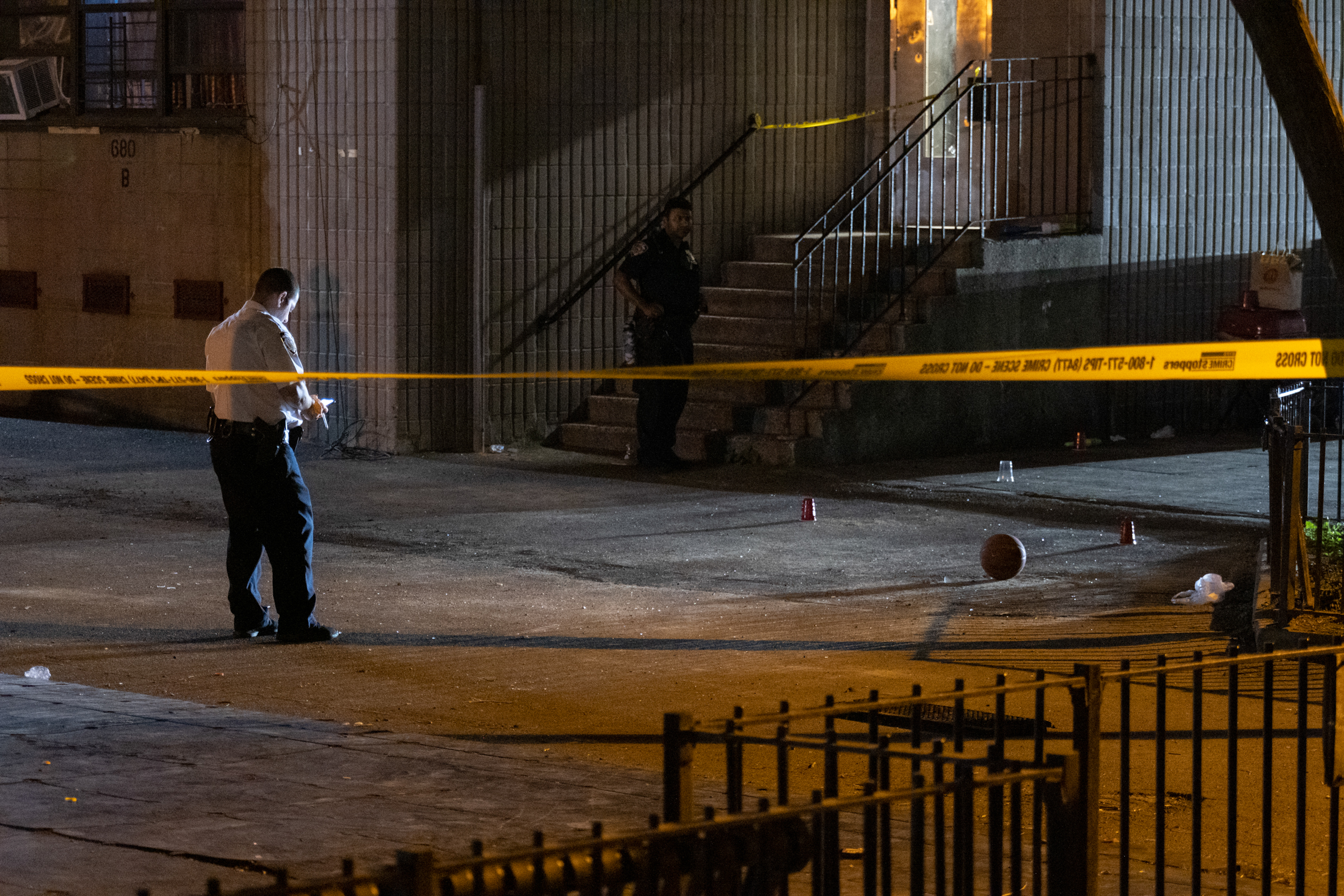Sign up for The Media Today, CJR’s daily newsletter.
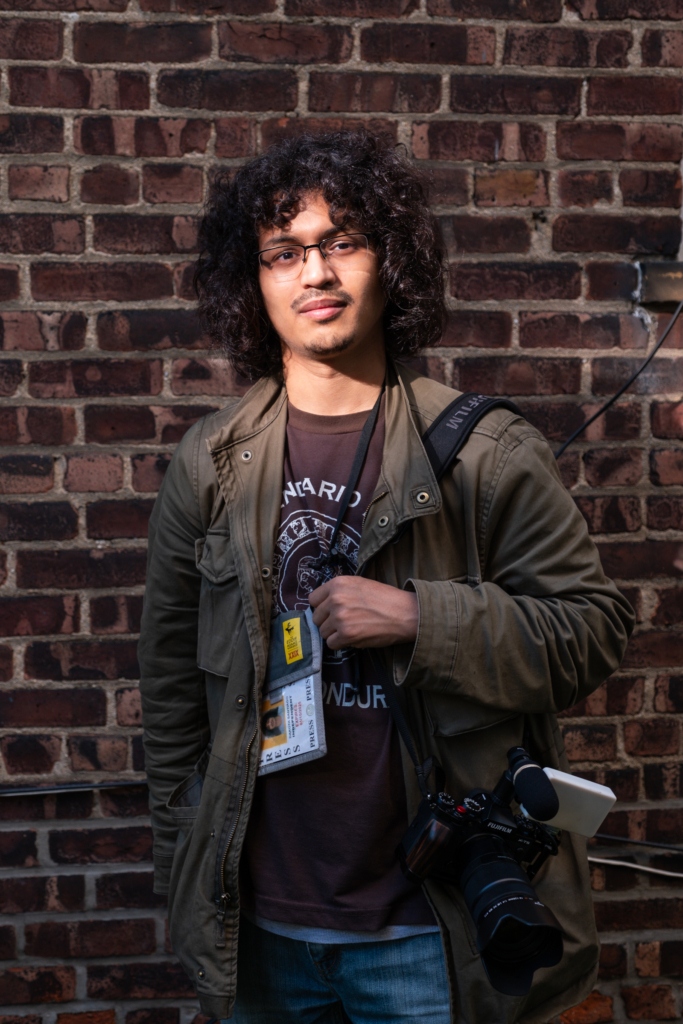
Photographers in Dakota Santiago’s line of work listen in on police radio, hit the pavement, and report back to editors. Sometimes they document isolated tragedies—a single loss of life that might otherwise go unrecorded. They also cover scenes involving gangs, or other organized crime, as well as cases in which police officers are involved and they’ve fired a gun at someone.
But in recent years, many police departments have updated their communications systems to become digital, which has enabled officers to encrypt their messages and block out the media. Last week, hours after the New York Police Department announced a new commissioner, Edward Caban, journalists noticed that some precincts in Brooklyn had encrypted their radios. At a time when Americans are calling for greater scrutiny of police, that change, however technical it may seem, cuts off a crucial, direct means of access. Reporters are left to rely on officers to provide information at a press conference—and that’s a problem, because departments can choose what they want to talk about, and how.
Some journalists are fighting back.
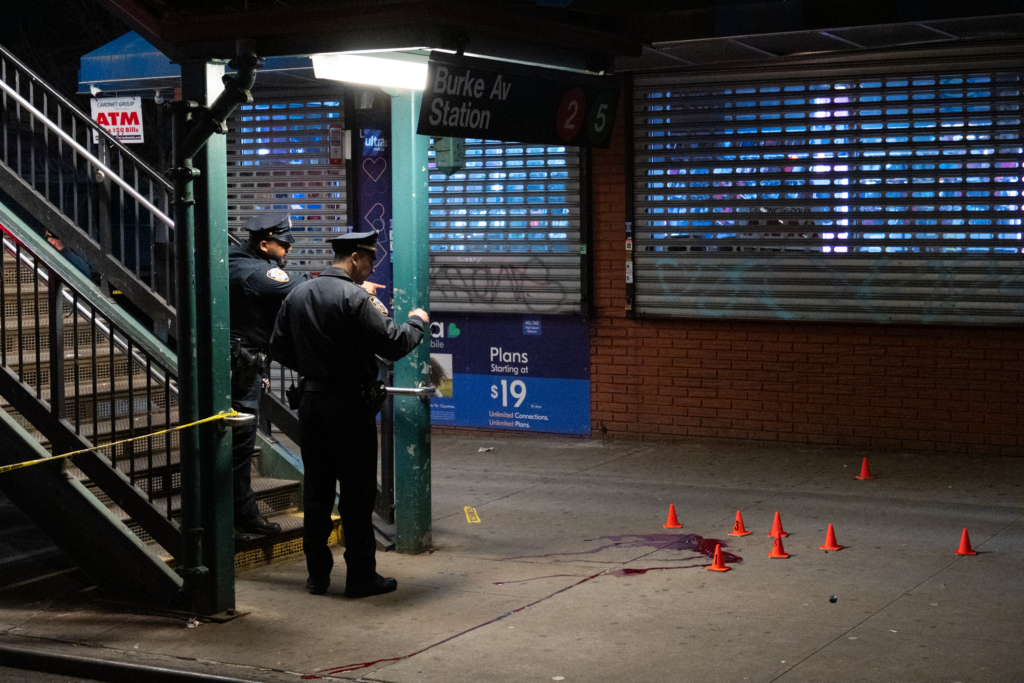
Late in the evening of April 10, 2023, as part of an escalating gang-related feud, guns were fired at a subway station in the Bronx. A seventeen-year-old boy was shot in the head, arm, and shoulder—then rushed to a hospital, where he died. The others involved—there were at least four young people at the scene—survived.
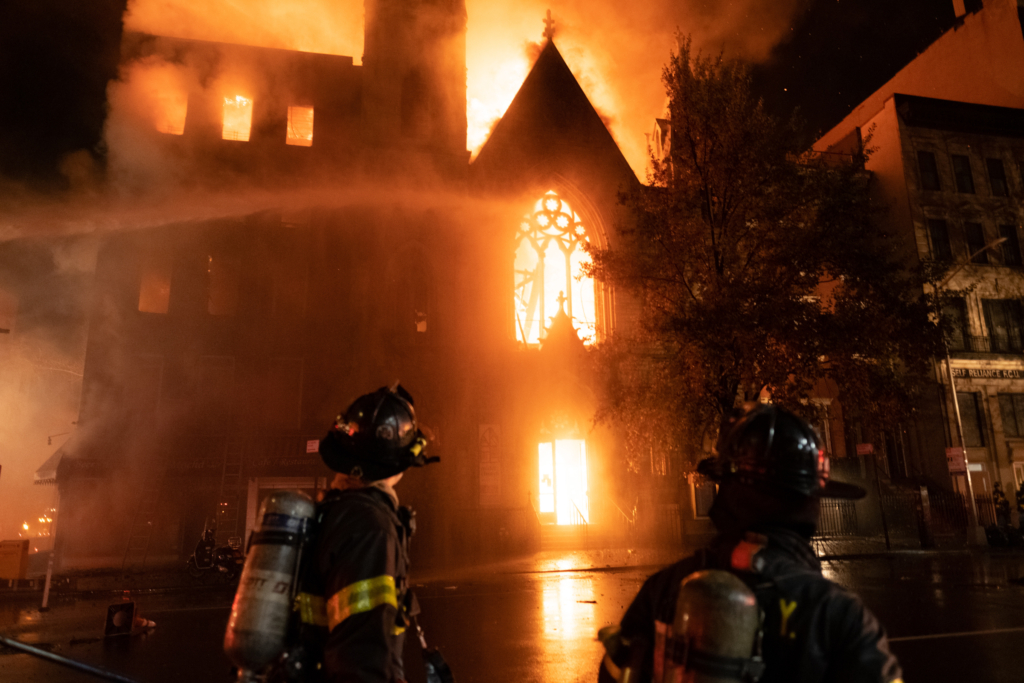
In the early-morning hours of December 5, 2020, a four-alarm fire quickly spread through a building in the East Village and engulfed a church next door.
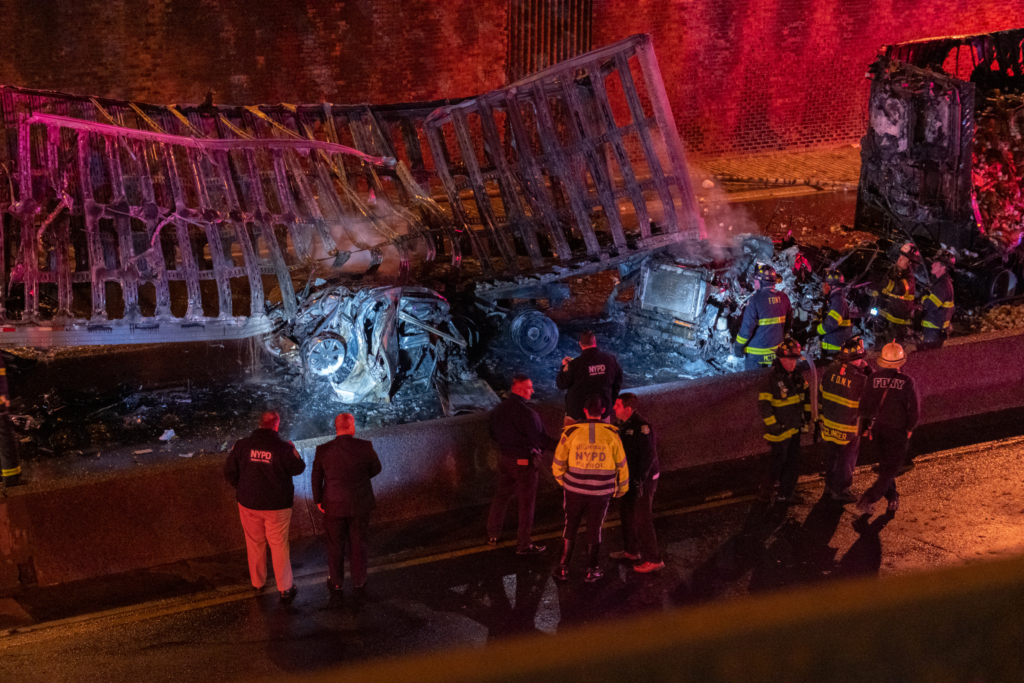
Photo by Dakota Santiago
On November 29, 2022, two semitrucks collided on the Cross Bronx Expressway, causing an explosion. A woman was crushed and killed in the accident.
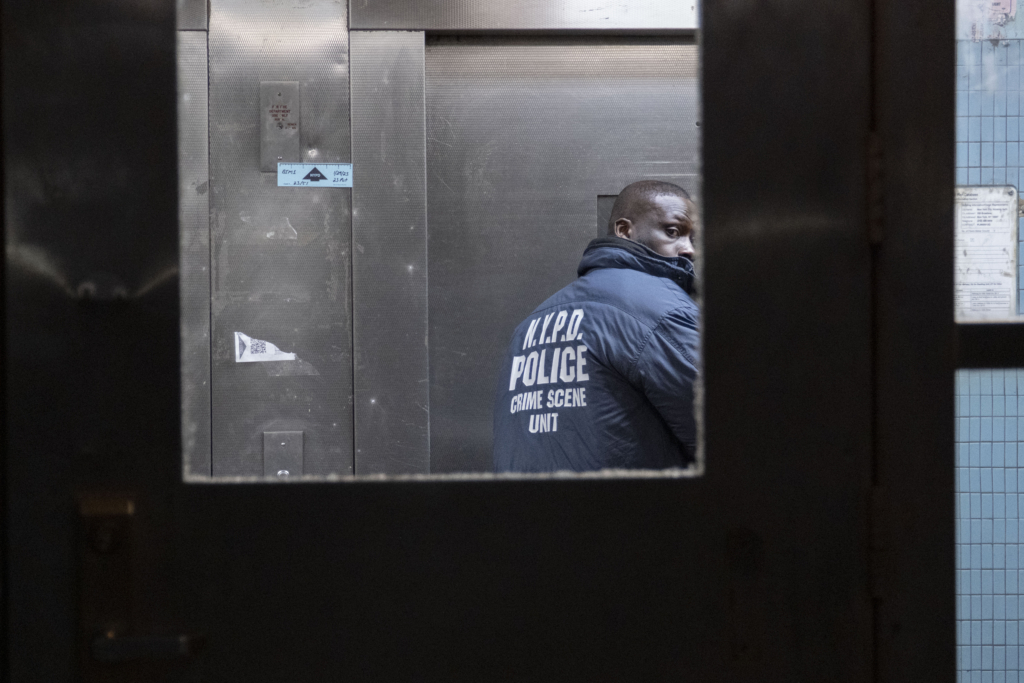
In January 2023, Santiago photographed crime scene officers in East Harlem. A teenage boy had been shot and rushed to the hospital, where he died.
Has America ever needed a media defender more than now? Help us by joining CJR today.



